The wildest weather in the universe
Diamond rain and methane fog? Bring an umbrella!
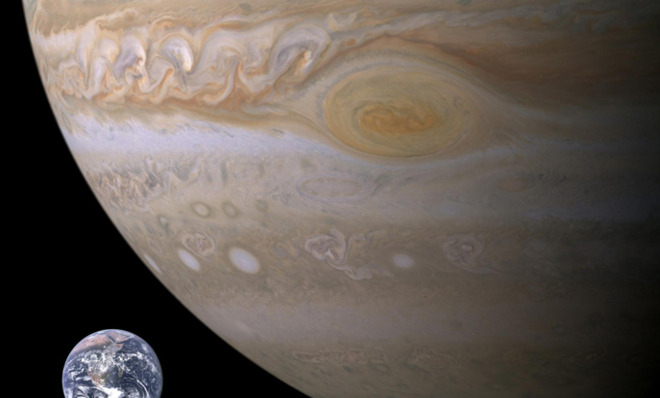

From pounding winter storms to relentless droughts to ever more ferocious hurricanes, it's easy to curse our planet's increasingly deadly weather. But for a little perspective, check out conditions beyond our own atmosphere.
The Methane Fog of Titan
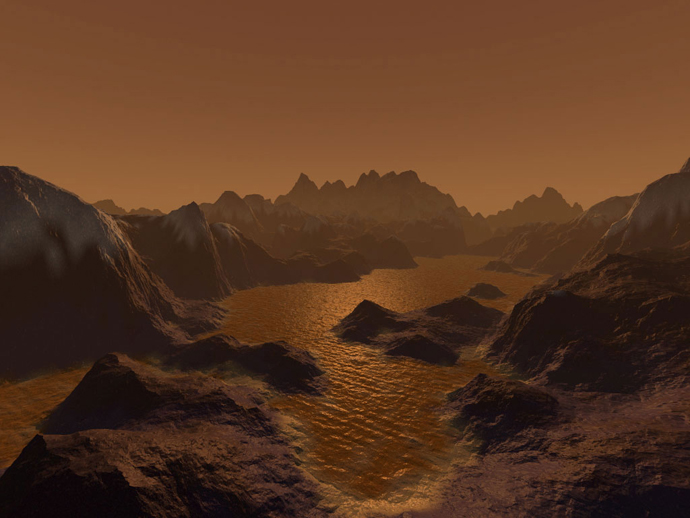
It's always London at its worst on this icy moon of Saturn, the only moon in our solar system with a dense atmosphere. Multiple flybys by the Cassini orbiter have failed to visually penetrate the methane fog, but have revealed detail (via the orbiter's powerful Composite Infrared Spectrometer) around the methane and ethane lakes dotting the planet. Titan's deadly atmosphere is laced with hydrocarbons (including propane, ethylene (the plastic used in one-gallon milk jugs), and propylene (another food-container plastic), produced when sunlight interacts with the methane; these seem to condense, fall as rain, and evaporate again in a deadly version of Earth's own water cycle. In fact, Titan is thought to be similar to Earth conditions before oxygen became plentiful — though its "spring rains" last 30 Earth years.
The Week
Escape your echo chamber. Get the facts behind the news, plus analysis from multiple perspectives.

Sign up for The Week's Free Newsletters
From our morning news briefing to a weekly Good News Newsletter, get the best of The Week delivered directly to your inbox.
From our morning news briefing to a weekly Good News Newsletter, get the best of The Week delivered directly to your inbox.
Jupiter's SuperMegaUltrastorm
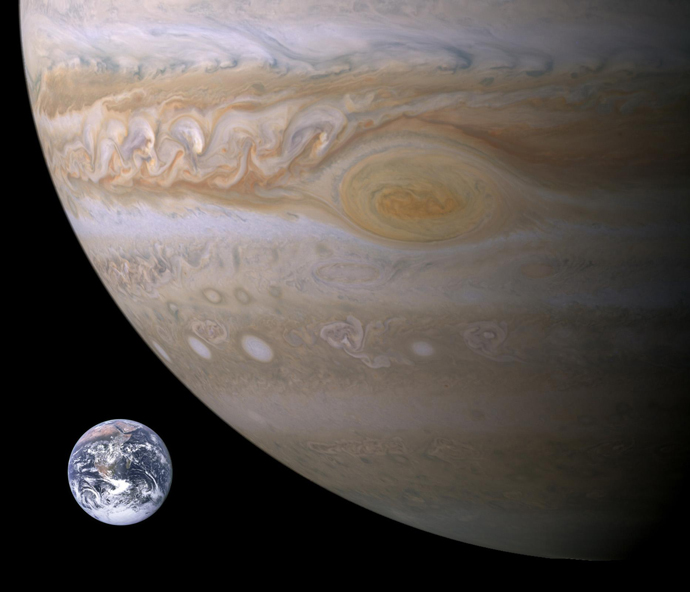
Superstorm Sandy was big, covering half the continental United States. But Jupiter's Great Red Spot, a storm as wide as three Earths, is the solar system's go-to for megastorms. The giant anticyclone may have been swirling since before Newton published his calculus, and can be definitively traced to at least the 1800s. The spacecraft Galileo clocked winds in the gas giant's iconic spot at over 400 mph – halfway to Mach 1 and far faster than any wind recorded on Earth — so bring a sturdy umbrella. It's unknown why this storm has lasted so long, but we hope to find answers with a deeper probe into Jupiter's atmosphere when the spacecraft Juno arrives in 2016.
The Diamond Rain of Saturn
A free daily email with the biggest news stories of the day – and the best features from TheWeek.com
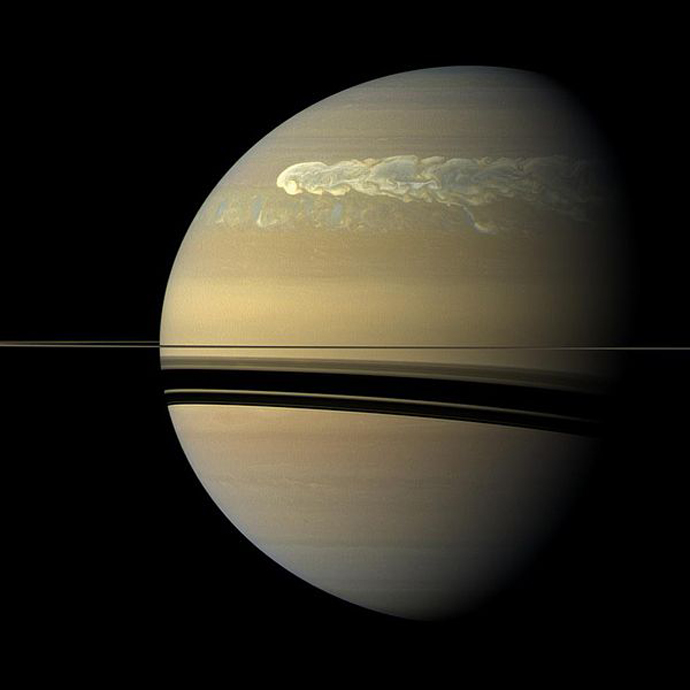
NASA
Gas giants like Jupiter and Saturn may experience helium rain; simulations by scientists at UC Berkeley suggest that under immense pressure, somewhere around 7,000 miles below the tops of Jupiter's clouds, helium and dissolved neon drop out of the sky to mix with metallic hydrogen below. On Saturn, lightning bolts separate carbon from hydrogen in the atmosphere, freeing them to find fellow carbon atoms and compress into graphite and then diamond, which falls as the solar system's most expensive rain. Electrical storms can be 10,000 times as powerful as those on Earth, last for months at a time, and cover unthinkably vast areas. (One such 2011 storm would have shrouded the entire Earth eight times over.)
The Dwarf Death Star
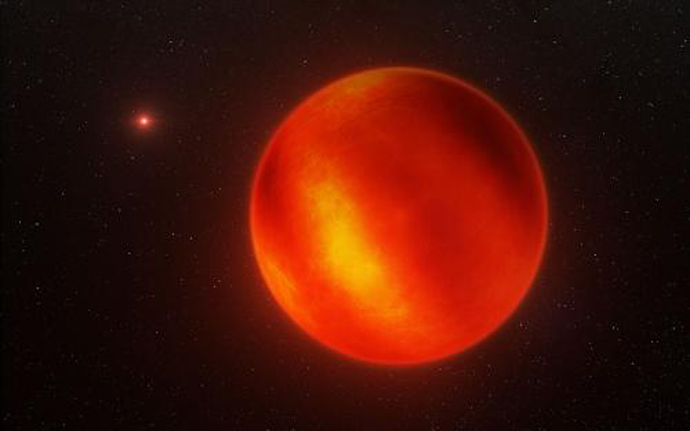
ESO/I.Crossfield/N.Risinger
One of the universe's most challenging vacation spots is the brown dwarf Luhman 16B, a wannabe star with a mass too small to maintain hydrogen fusion at its core. If burning hot sand and iron vapor clouds aren't enough to turn you back, a continuous hurricane-force storm covers nearly a quarter of the dwarf's surface. Which is saying something: Brown dwarfs are significantly larger than solar-system champ Jupiter, where the world-famous Great Red Spot hardly covers one percent of the surface.
The Rust Storms of Mars
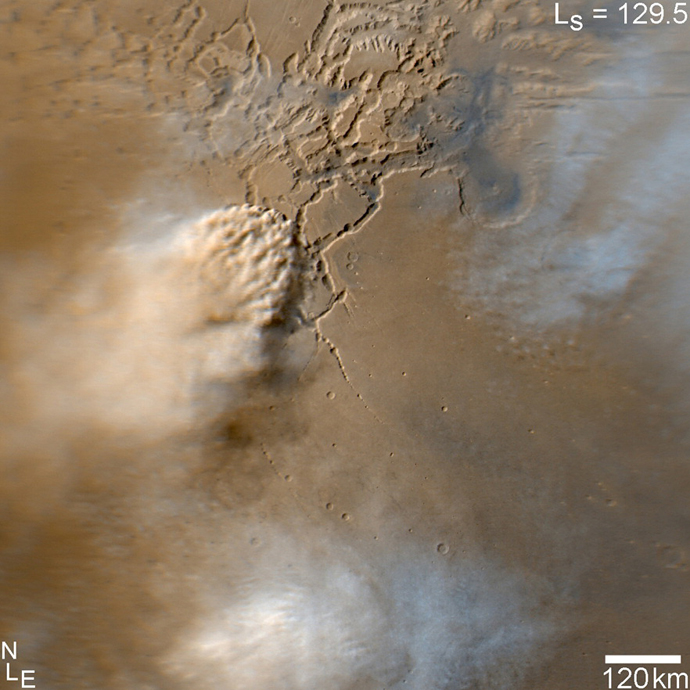
NASA
Ah, Mars: romantic home of carbon dioxide snow and lightning-filled rust storms. The red planet has a weaker magnetic envelope than the one that protects Earth, and harsh solar winds have buffeted and thinned the atmosphere. As sunlight slightly heats the planet, dust (often iron oxide, or rust) lifts into the air and further absorbs the incoming energy. The result? Enormous dust plumes that shoot upward, reaching as high as 30 miles above the surface before spreading to cover large swaths of the planet. Good place for a car wash franchise.
The Frozen Moon of…Earth?
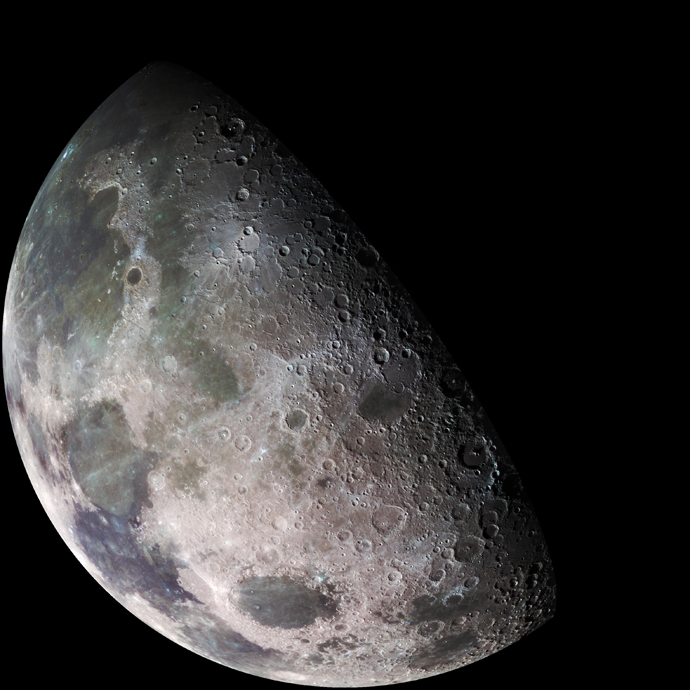
NASA
Quick, what's the coldest spot in the solar system? It may be Earth's own moon. The Lunar Reconnaissance Orbiter found permanently shadowed craters resting comfortably at -397 degrees Fahrenheit, narrowly beating out the far-flung Neptune (-353 degrees F), Uranus (-371), and Pluto (-387) for the title of coldest currently known spots in our solar system. They're all cold enough to freeze liquid nitrogen into a solid, or to justify opening an outdoor cryopreservation business.
Heavy-Metal Frost on Venus
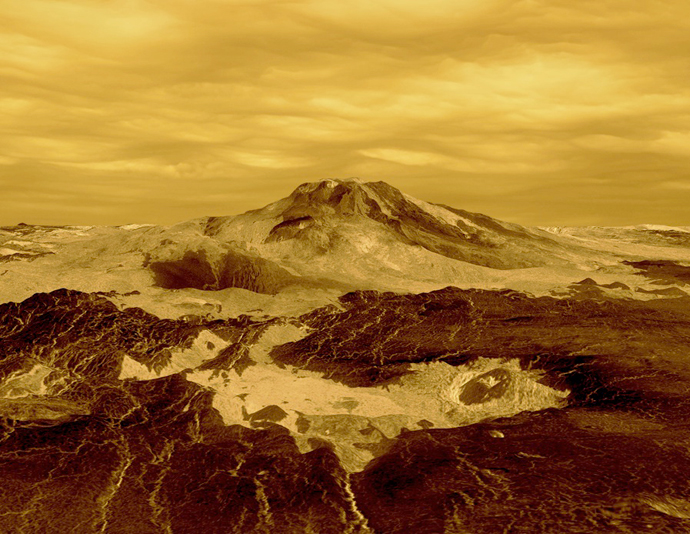
NASA
It's a balmy, lead-melting 900 degrees on the surface of Venus, and clouds of sulfuric acid rain down in a spectacle called virga. Known as "ghost rain" and fairly common on Earth (though with conventional water rain), virga is the phenomenon where precipitation falls but evaporates again before reaching the ground. Earth's precipitation makes it to the ground in the form of snow, and we have powdery slopes to look forward to; on Venus, this precipitate caps the mountains with heavy metal frost made largely of lead sulfide and bismuth sulfide. On the plus side, if you can build sturdy enough skis to survive it, you can be first down every slope.
The Freak Winds of Neptune
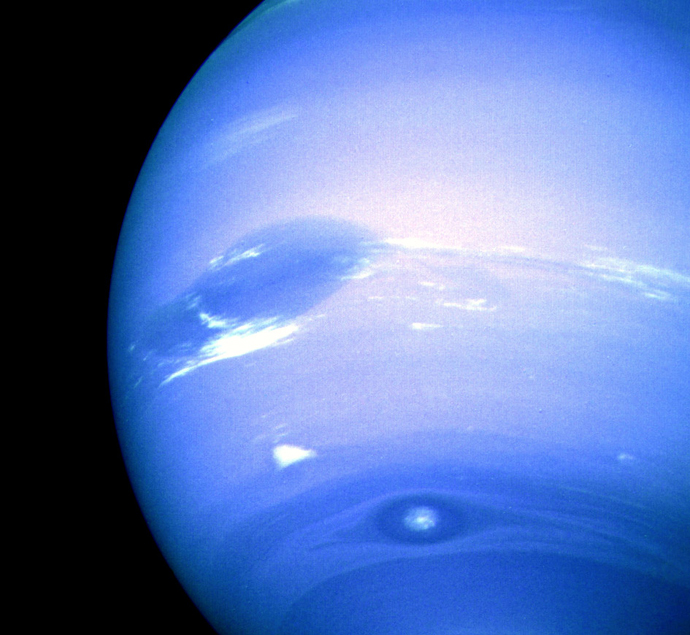
NASA
Winds on Neptune are supersonic, clocking in (at their fastest) at around 1,500 mph, the fastest in our solar system and faster than an F-35 jet. They would easily break the sound barrier on Earth, meaning you'd hear them shrieking toward you across the blasted rockscape, but only after they'd already whipped you into the sky. At least the winds blow in relatively shallow bands, roughly 600 miles deep, and move and mix the atmosphere of hydrogen, helium, and methane. (Though the amount of methane is less than 2 percent, it's enough to absorb the red end of the spectrum of visible sunlight reaching Neptune, which is why Neptune appears blue to us.)
More from World Science Festival...
-
 Political cartoons for December 20
Political cartoons for December 20Cartoons Saturday’s political cartoons include drowning rats, the ACA, and more
-
 5 fairly vain cartoons about Vanity Fair’s interviews with Susie Wiles
5 fairly vain cartoons about Vanity Fair’s interviews with Susie WilesCartoon Artists take on demolition derby, alcoholic personality, and more
-
 Joanna Trollope: novelist who had a No. 1 bestseller with The Rector’s Wife
Joanna Trollope: novelist who had a No. 1 bestseller with The Rector’s WifeIn the Spotlight Trollope found fame with intelligent novels about the dramas and dilemmas of modern women